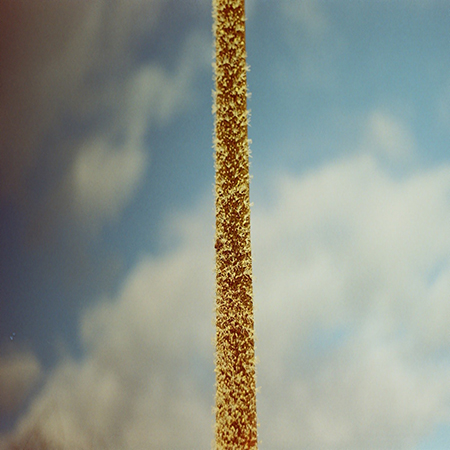Enchanted Bee-ings
Encounters and Movements beyond the Human
DOI:
https://doi.org/10.52537/humanimalia.9634Abstract
In the last decade there has been an increase of interest and concern for the lives and well being of honeybees. With the onset of colony collapse disorder (CCD) in 2006 where we saw the disappearance of millions of bees from North America and Europe for seemingly unknown reasons, people began to realize just how important honeybees are, not only to advanced methods of agricultural production, but also our ecological futures. This article brings to light the varied relationships that have materialized between humans and honeybees, from mid 20th century scientific discoveries, to contemporary urban beekeeping projects that seek to bring ‘nature’ into the city in order to help “save the honeybee.” It aims to articulate moments of enchantment that occur in the presence of honeybees, moments that inspire a deeper understanding of the ecological processes and spiritual dispositions that configure our place on Earth amongst the family of things. While drawing primarily from recent articles and books that sit within the emerging field of multispecies ethnography, this article also draws from, and is inspired by, recent work in philosophy, environmental sciences, and human ecology.
Downloads

Published
Issue
Section
License

This work is licensed under a Creative Commons Attribution-NonCommercial 4.0 International License.









